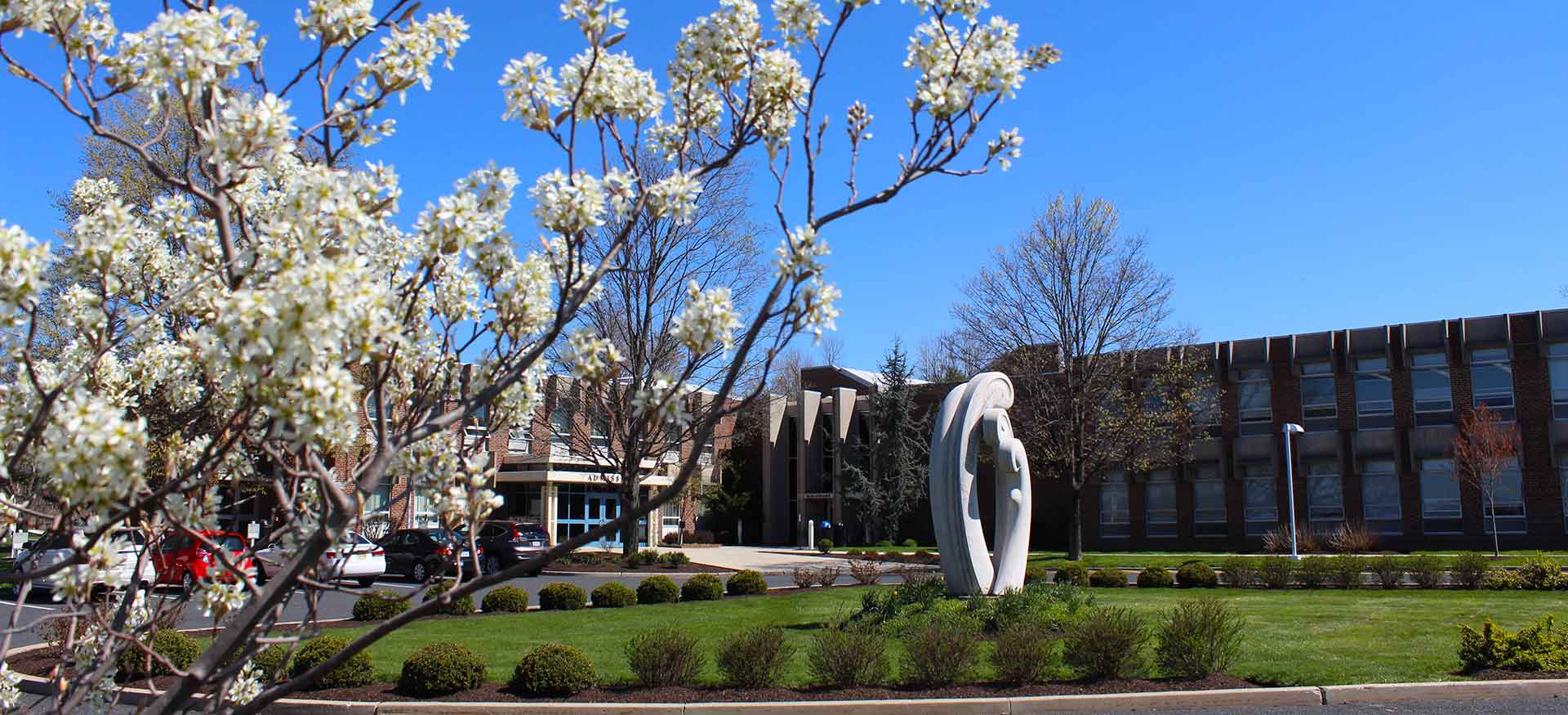Students Learn History of the Piñata During Special Workshop

Students learning about Latin America enjoyed a hands-on history lesson about the origins of the piñata.
Angelica Silva, Ph.D., associate professor of Spanish and Hispanic cultural studies, hosted a two-part piñata making workshop for students taking Spanish and world cultures. Marta Monroy, a local Mexican artist, led students step-by-step through the piñata-making process.
“Piñatas have a long history, so their meaning has varied according to the region. When I grew up, we used piñatas on every birthday. They are a cultural and artistic component of the Mexican tradition.”
According to Monroy, it’s believed that piñatas originated in China as a ritual to bring about good harvests. The tradition arrived in Mexico in 1586, when Augustinian friars received authorization from Pope Sixtus V to celebrate the Christmas Masses—religious celebrations held in the days leading up to Christmas.
In the first workshop, students created the mold of their piñata using balloons and old newspaper. In the second workshop, they attached seven cones representing the seven deadly sins and decorated the finished product with bright colors. Piñatas are filled with fruits and candy, representing the riches of the kingdom of heaven. Breaking them open represents a break with the false delights of the world and an end to temptation.
“It was really fun to learn about the cultural aspects of piñata making,” said Isabella Lee ’26, a communication major. “It’s important to learn about other cultures and to get an idea of the traditions and the differences between cultures.”





